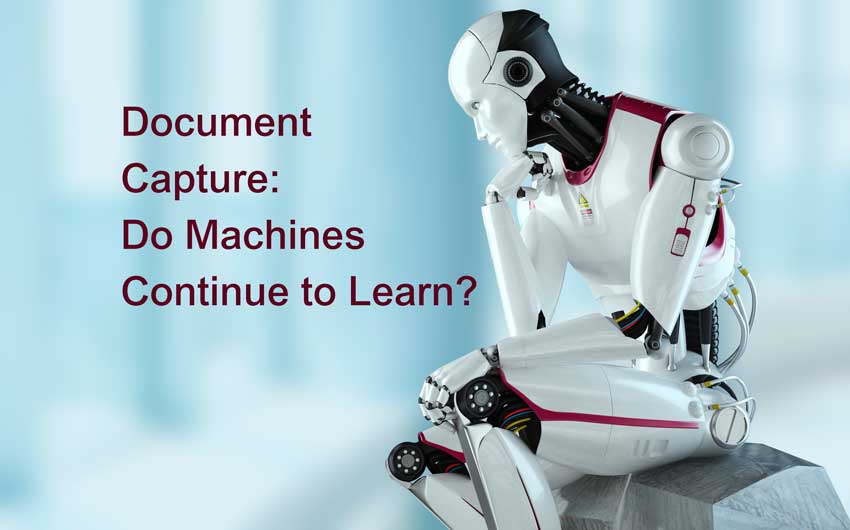Artificial intelligence (AI) and machine learning are two of the major technological wunderkinds today, and likely to stay our wunderkinds for the foreseeable future. So, it’s not surprising that when I share with potential clients that the core of our classification technology is based upon these technology principles, they invariably ask the question, “Does it continue to learn?”
The answer is, “Yes, as long as you continue to give it feedback.” I’ve written before about the concepts of supervised vs. unsupervised learning. With few exceptions, there is no such thing as completely unsupervised learning. The truth is that machines do not learn on their own initially or as part of an ongoing process – at least, not yet.
What Machines Can Do
What machines can do is build inferences with data sets. Their ability to determine the difference between correct and incorrect inferences requires feedback. And feedback is typically provided by a person – sometimes explicitly, but sometimes not.
Ongoing learning can be simply notifying the system that an answer is incorrect. The most common way of providing this feedback is to apply the correct answer. For instance, if a document is classified incorrectly, a person can inform the system by inputting the correct document class. Doing so allows the system a better chance of applying the classification correctly the next time. And voilà: the system continues to learn.
Continuous Feedback Loops
Other methods of feedback may not be so explicit. If a system generates an list of possible answers from a query, the act of a user selecting one from the list can act as an implicit method to inform the system on how to display answers in the future, perhaps either displaying only that selected answer or prioritizing it, that is, moving it to the top of the list.
The key thing to note is that without this continuous feedback loop, future performance will not improve over the initial performance.

